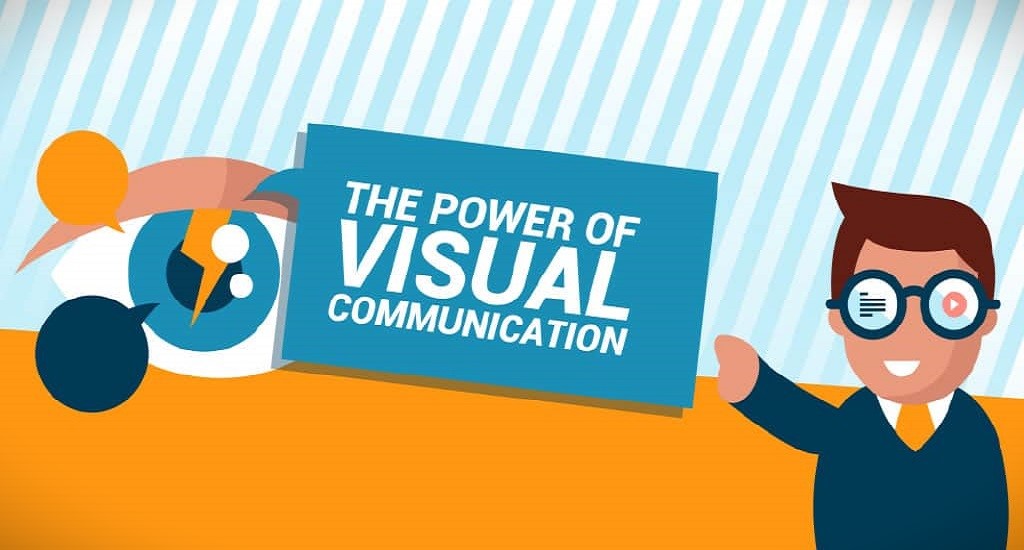The Power of Visual Communication: Transforming Spaces with Digital Signage Displays

Visual communication is the process of conveying information through images. When used effectively, this form of communication can help you grab and keep consumers’ attention.
Digital signage can update content regularly, unlike traditional posters or billboards. It can also be connected to various external sources for relevant content.
Boosts Creativity
Visual communication can spark particular moods, vibes, and feelings that words alone cannot. It also simplifies information, allowing people to connect with it more easily. It also eliminates the need for translation and can help bridge language and geographic barriers.
Reliable digital signage displays offer an excellent opportunity to get creative with your visual communications strategy. These screens can display various content, from digital posters to video walls. They can deliver a consistent message across locations and provide an engaging experience for visitors or employees.
For example, a video wall can promote DEI programs and highlight employee success stories from different backgrounds. This can help increase transparency and break down barriers between managers and staff. It can also broadcast answers to employee questions, strengthening trust and building a sense of community.
Boosts Productivity
With visual communication tools like infographics, slides, and videos, teams can quickly synthesize information and grasp big-picture ideas and details faster and more efficiently. Using these visual communication methods can help your team work more efficiently and effectively, whether they’re collaborating remotely or in person.
Digital displays can also be used to share information with a broad audience, which is especially useful for businesses that frequently need to update prices or other data. They’re more engaging than traditional signboards and can grab attention quickly — especially with interactive capabilities like touchscreens.
With collective attention spans getting shorter and more distractions coming at us from every direction, using visuals to communicate information makes sense. Plus, making this type of communication a company-wide norm can strengthen your culture over time.
Boosts Customer Service
Visual communication with digital signage displays can boost customer service in various ways. For example, a simple graphic sign with clear directions to your store or office can help new customers find their way around. This eliminates frustration and reduces the chance that people will forget important information about your location or services after leaving.
Additionally, data visualizations can be used to clarify complicated information in an easy-to-understand manner. This can help employees stay informed about company news, project milestones, and emergency alerts. Digital displays can also deliver real-time updates, which can be more effective than relying on static written materials or email notifications.
Visual communication can be found almost anywhere, from dazzling storefront ad loops to informational slideshows in clinic waiting rooms. Movie and TV theaters and production companies with new releases, boutique clothing stores and cafes with sales information, telecommunications and phone companies with new plans and discounts, sports teams and stadiums with game results, schools with important schedule updates, and real estate companies with listing information.
Boosts Customer Satisfaction
Visual communication is a tool that can help your company boost customer satisfaction when used in conjunction with digital signage displays. It allows customers to make better purchasing decisions by providing valuable information in a format that is easy to understand and digest.
Moreover, visuals grab attention faster than text. This is because brains process visual content 60,000 times more quickly than text. As a result, visuals are more memorable. In addition, they can inspire people to take action and drive more conversions than text-based content.
As a result, it is essential to incorporate visual communication into your internal communications strategy. This can be done by creating and displaying infographics or step-by-step guides for new employees, or you can post visual content on your social channels to inform and engage your team. You can also use your employee communication screens to summarize essential news stories.
Boosts Brand Awareness
Digital signage displays are a powerful tool for boosting brand awareness. They can deliver high-quality graphics and videos to attract audiences and drive sales. Digital signage displays are also highly flexible and can update real-time information. They can include interactive self-service kiosks, wayfinding displays, and restaurant menu boards. They can be configured to display dynamic content like weather data, social media posts, and traditional text messages.
With various visual communication branding options available, choosing a consistent style across all platforms is essential. This creates a recognizable and professional public image for businesses and builds customer trust and loyalty.
With digital signage, capturing the attention of viewers is simple. It can offer a range of content to cater to different audiences, from showcasing dynamic news and weather updates to displaying promotional campaigns, employee engagement statistics, and other relevant data.
Boosts Sales
Visual communication is an effective way to inform and inspire audiences. It can cut through the digital clutter to deliver information succinctly and quickly to understand, increasing the likelihood of audience engagement and action.
Digital signage displays are the perfect medium for visual communication. They are highly customizable, able to display text, images, and video, and even interact with mobile devices through SMS messaging or Bluetooth. They also offer a variety of kiosk and self-service functions, making them versatile tools for boosting sales, increasing customer service, and supporting brand identity.
Unlike traditional signboards, digital signage can easily update content based on real-time data. For example, public transportation companies can use their screens to notify passengers of schedule changes, while restaurants and bars can display up-to-the-minute menu prices. In addition, incorporating motion into digital displays helps grab attention and increase engagement – studies show people remember 65% of the information presented visually, compared to only 10-20% of what is written or spoken.
